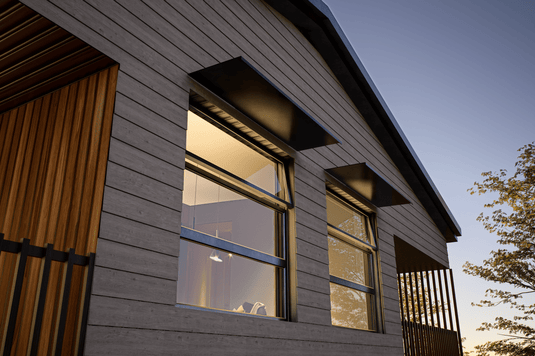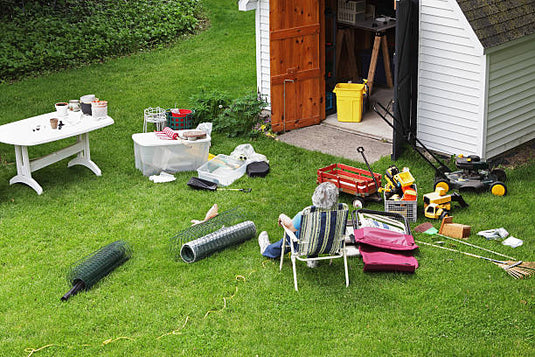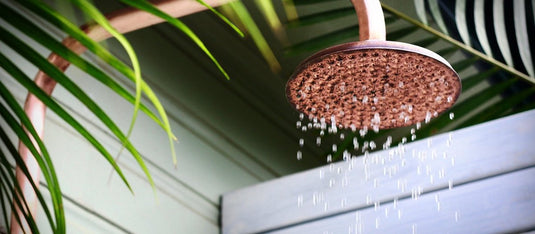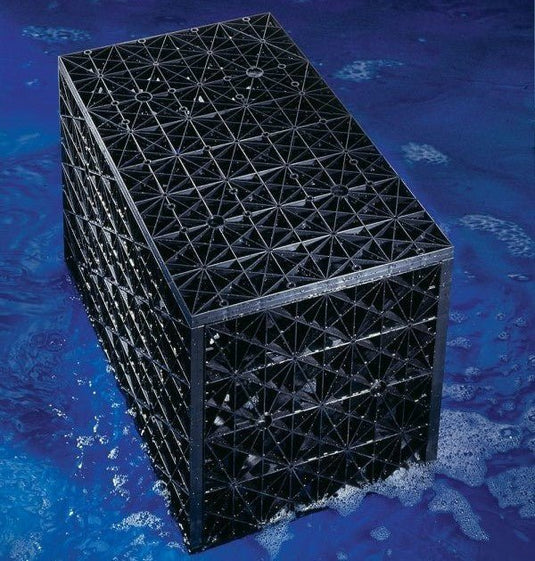Retaining wall drainage is a very important factor to keep in mind when you are disrupting the geology to suit your landscaping or structural needs. Forgetting to install any form of drainage behind a retaining wall can prove to be a very costly mistake.
To create beautiful landscapes and gardens, many homeowners will use a professionally installed retaining wall to form terraces which hold back earth in a sloping yard. Water damage, such as flooding during a rainstorm, can wash out the soil around the wall, weakening the structure, which may cause it to collapse. Eco Sustainable House has the perfect modern drainage system that can enhance the life and performance of your retaining wall.
As with most things in construction, there are many options to achieve the desired outcomes. Unless the project has engineered product specifications, this page may assist with choosing the correct system to allow for a well drained retaining wall.
Wall Drainage
For rapid flow, The Atlantis Flo-Wall® range is ideal for the rapid drainage of saturated ground. The Flo-Wall® range is suited for applications including underground car parks, basements, retaining walls and seepage cut-off trenches.
The Atlantis Flo-Wall® range features high compressive strength that will not crush over time ensuring long term drainage performance.
This product is also ideal for shotcreting. Time and labour costs through easy installation. The shotcrete can be applied directly to the back side of the Flo-Wall.
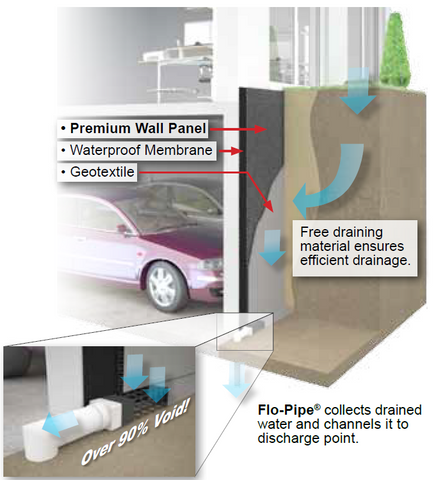
The Flo-wall® range includes special products that assist in more seamless drainage of rainwater for various property applications. This type of drainage for retaining walls is also effective for creating a waterproof barrier against the foundations of your building/wall. The range consists of manufactured products that are wrapped in a high-quality geotextile. The fabricated design has built-in hydrophilic properties that have modernized effective drainage techniques. Each Flow-wall panel, at set diameters or custom size requests, can be easily connected and sealed together. This guarantees long-term, rapid drainage performance. Give us a call to kick-start your sustainable retaining wall drainage journey with Flo-wall’s® effective infiltration and insulation system.
Flo-wall® applications
The manufacturer advises the use of this range of products for all the following applications:
- Retaining walls
- Foundation walls
- Basements
- Underground parking
- Bridge abutments
- Civil works and tunnels
HYDROPHILIC GEOTEXTILE
The Flo-Wall® range are prefabricated products wrapped with a high quality Italian made geotextile with hydrophilic properties for effective drainage that does not require a head of pressure to perform.
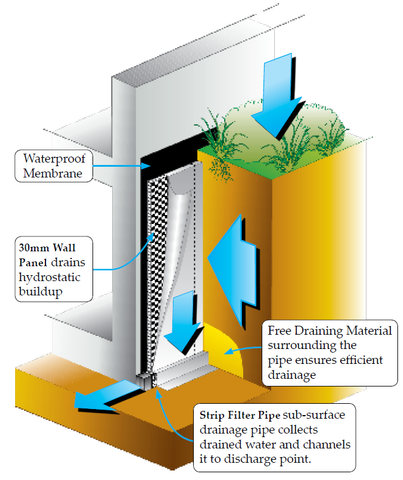
Drainage Cell
For smaller projects, there are some modular options that are certainly a better option than competing "dimple board" rolls. Dimple board is flimsy, breaks easily and does not offer the same water flow capacity, as it does not have any real void structure.
Most professional landscapers and water proofing experts have made the change to Atlantis Drainage Cell. Depending on the project, options include the 20mm Flo-Cell, the 30mm Flo-Cell or the 50mm Flo-Cell combined with a roll of geofabric.
How to install retaining wall drainage
The absolute deepest point of the retaining wall drainage design should be level with the drainage outlet. We recommend the use of the Flo-Pipe to be installed along the level, or slightly falling channel along the bottom of your retaining wall.
If you do decide to use the Atlantis drainage cell products, the wall panel installation is relatively simple. The products are totally modular and can be cut to length or height. They can then either be wrapped in geofabric, or for smaller jobs, the geofabric can be installed on the soil side of the wall only (with the Flo-Cell held against the solid structure)
It is recommended that the first 50-100mm is backfilled with sand to assist with the filtration process and to avoid any sharp rocks from crushing the drainage void.
Once the Flo-Pipe, Flo-Cell, the Geofabric and the sand has been installed, the remaining soil can be backfilled. For deeper retaining walls, you may want to alternate sand and soil buckets (One bucket of sand against the wall, one bucked of soil further away, repeat this process so that sand is only used close to the wall.This range, and other Atlantis drainage cell solutions, are known worldwide for providing a strong structure that is highly effective when it comes to drainage. We stand behind this range of products because it ensures a greener future thanks to its ability to reduce urban flooding and conserve water resources. Some benefits of the product are below:
- Installation is made easier with versatile materials that are easily configurable to meet project specifications
- Products are manufactured from accredited recycled materials free from chemical contaminants
- Ideal for a wide variety of applications and therefore interchangeable function on-site
- Lightweight products that don’t need industrial equipment to install
Click here for more specific wall drainage installation instructions, click here.
Masonry Retaining Walls
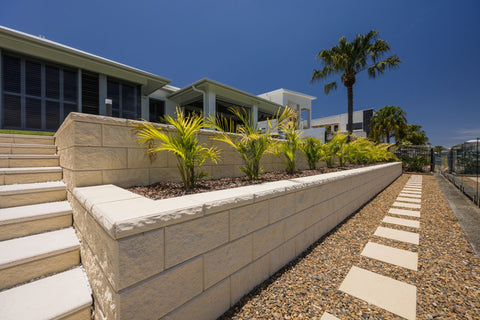
With the drainage solution out of the way, you may be wondering what type of retaining wall to install. One solution would be to use the elegant and stylish masonry retaining walls from Apex Masonry.




